
Laminitis or "founder" is a common illness known about by horse lovers from an early age, as native ponies on pasture that is too lush are common victims. It is caused by inflammation of the laminae in the hoof. Although traditionally associated with ponies, it can affect donkeys, mules and horses as well.
Copyright (c) 2008 The Naturally Healthy Pet.com
Laminitis or "founder" is a common illness known about by horse lovers from an early age, as native ponies on pasture that is too lush are common victims. It is caused by inflammation of the laminae in the hoof.
In this article I will discuss how it happens and ways of managing laminitis.
How does Laminitis happen? The sensitive laminae lie between the wall of the hoof and the pedal bone. As this area gets inflamed, the feet become extremely painful. The illness is often associated with over-eating, especially where grass is lush.
More rarely it may be associated with any situation associated with toxaemia or septicaemia, and it is also seen in Cushing 's disease, obesity, and hypothyroidism.
The blood supply to the foot is affected, and in severe cases there is some separation of the laminae from the hoof wall.
It is possible that laminitis is related to a build up of toxic metals such as aluminium, as acid rain falls and the chemicals are concentrated in cereals.
Clinical Signs of Laminitis: The forefeet tend to be affected more than the hind feet, so affected horses will appear to lean back as they try to ease their weight off the fore-feet.
In acute laminitis, there is constant pain with distress and sweating. The feet may feel hot or cold.
Prevention: Keep your horse or pony slim, and when overweight, do not turn her out. Restricted turn out or turn out with a muzzle or in a yard are needed at the most laminitis-prone times of year (often March and September).
Current Western Treatments: Call a veterinary surgeon early with laminitis. Irreversible damage may occur within twelve hours of the onset of symptoms. Veterinary Treatments are discussed in depth in the full version of this article at www.TheNaturallyHealthyPet.com.
Things you can do for yourself: Warm water hosing and warm compresses will increase the blood supply to the distal hoof, so is better than cold hosing. Taped on frog supports may be helpful, and box rest is recommended.
Complementary Therapies: Herbal Remedies: There are several herbs that can help detoxify the body, initiate healing, and help digestion, so aiding prevention. For a full list see th full version of this article.
Aromatics/ Aromatherapy: A number of aromatic oils can be offered for a horse to self select by inhalation or licking.
Healing: Healing with Reiki or Spiritual healing can help calm a horse and bring in her own self-healing abilities, reducing pain and inducing relaxation. The effect may be enhanced with the use of cetain crystals, such as sodalite and yellow jasper for digestive problems. Magnetic therapy can also boost healing.
Bach Flower Remedies: Selection of appropriate Bach flower remedies depends on the personality and current mood of your horse, so it is better to seek expert advice to get the optimal remedy combination. Rescue remedy is useful in emergency situations and can be given frequently while awaiting the vet's visit.
Homeopathy: Homeopathy works best if you consult a trained veterinary homeopath, as the specific remedies can be targeted to your horse. In particular, remedies to support detoxification and the liver, and those to help the circulation, would be beneficial in laminitis.
Acupuncture: The acupuncture meridian for the liver extends into the forefeet, and acupuncture and acupressure treatment along this meridian is considered helpful with laminitis.
Conclusion: Laminitis remains a serious and painful condition, with serious effects early in the disease. Calling the vet is essential as soon as the illness is suspected, but we can do plenty to prevent it, and to support our equines while awaiting the vet and in conjunction with veterinary management.
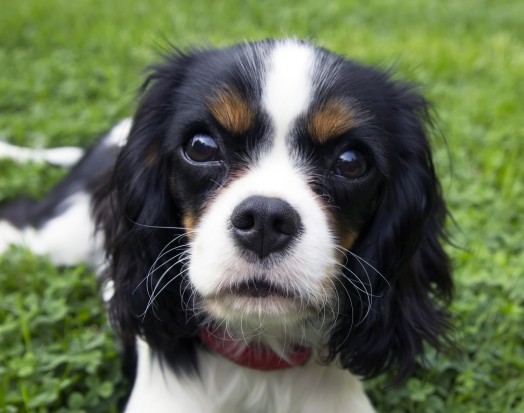 The Most Common Causes Of Seizures In Dogs
The Most Common C
The Most Common Causes Of Seizures In Dogs
The Most Common C
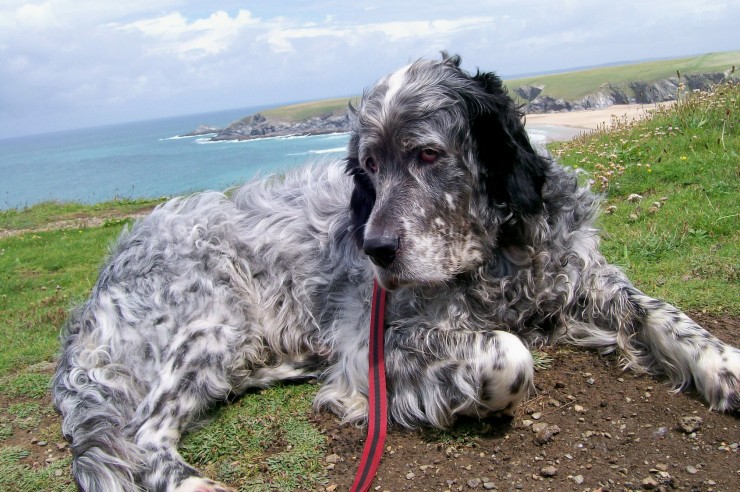 August In Cornwall With Your Dog - The Perfect Holiday Destination
August In Cornwal
August In Cornwall With Your Dog - The Perfect Holiday Destination
August In Cornwal
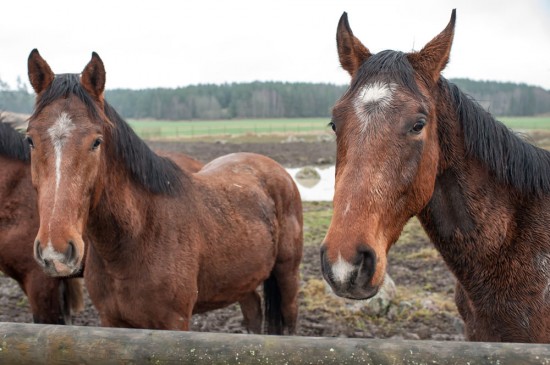 How To Deal With Mud Rash And Rain Scald In Your Horse Or Pony
How To Deal With
How To Deal With Mud Rash And Rain Scald In Your Horse Or Pony
How To Deal With
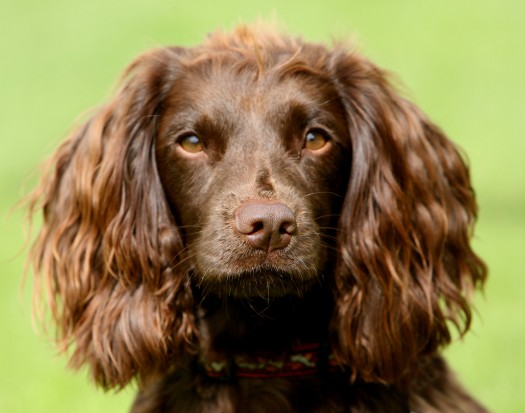 Ownership Considerations For The Field Spaniel
Ownership Conside
Ownership Considerations For The Field Spaniel
Ownership Conside
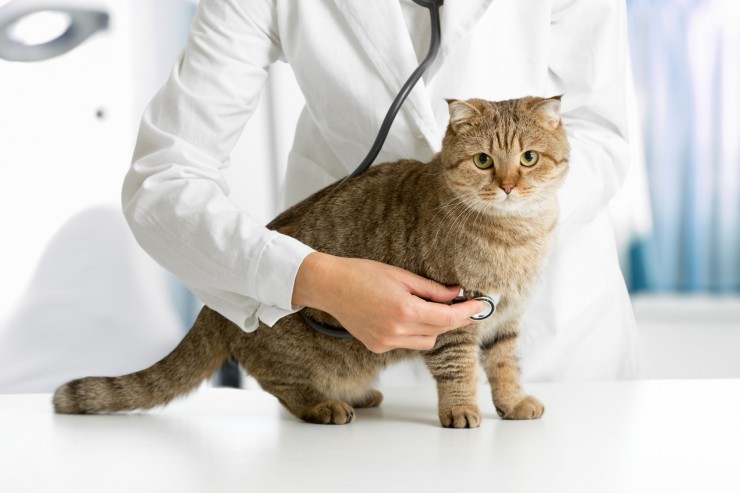 Veterinary Malpractice - What You Can Do About It
Veterinary Malpra
Veterinary Malpractice - What You Can Do About It
Veterinary Malpra
Copyright © 2005-2016 Pet Information All Rights Reserved
Contact us: www162date@outlook.com